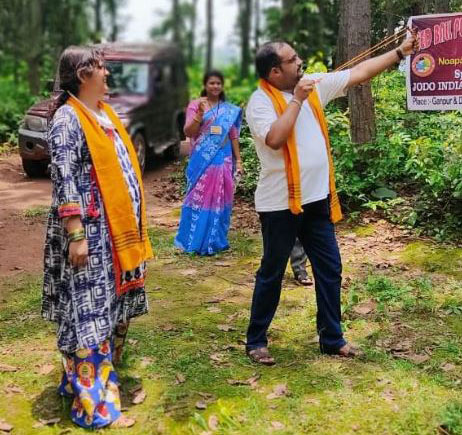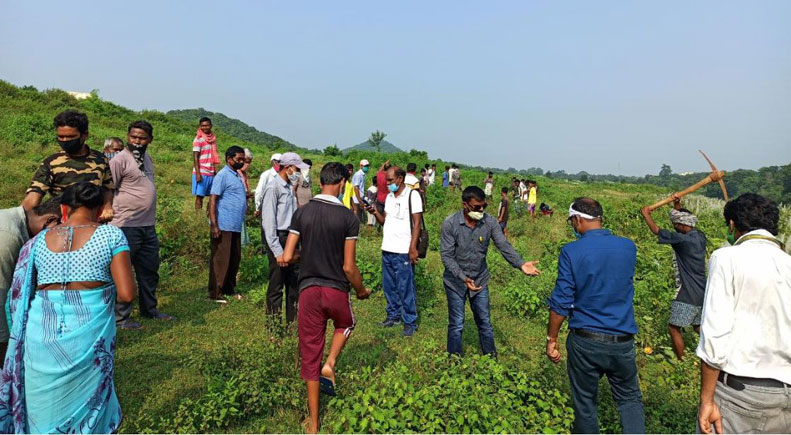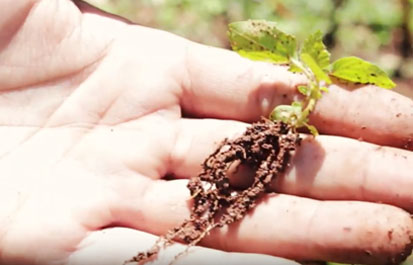What is a Seed Ball
A seed ball (or seed bomb) is a seed that is wrapped in a mixture of clay and cattle dung or compost. The cattle dung or compost helps protect the seed from predators such as birds, rodents and insects and extremes of temperature till the rains arrive. Once soaked, the seed ball will help retain and prolong a moist environment around the seed to promote germination. Essentially, the seed is ‘pre-planted’ and can be sown by depositing the seed ball anywhere suitable for the species, keeping the seed safely until the proper germination opportunity arises. Seed balls are an easy way to grow trees with a longer germination time span. They are inexpensive and can be easily dispersed over large areas which are often hard to reach. Direct seeding reduces shock of transplanting saplings and helps the young trees grow stronger roots and hence stronger trees.
Preparation of Seed Balls

- Arrange for good quality seeds of native trees.
- Mix the seeds with about 60% mud/clay and 40% cattle dung – this is an approximate ratio – it can vary by 15%.
- Add water and mould the mixture into small but firm balls. Seeds to be in middle of the balls. For large seeds, use at least 2 to 3 seeds while for small seeds you may use 5-7.
- The cattle dung helps to keep animals and pests away and also provides nutrition while germinating. Cattle dung may be replaced with organic compost.
- Dry the balls in shade for a couple of days, until they become firm.
- Seedballs vary in size from 1.5 to 3 cm in diameter and 30 to 60 gms in weight.
- Count the number of seed balls by weighing them.
Dispersal of Seed Balls
Seeds balls are not meant to be buried in the ground. Instead, just disperse them or in simple language – throw them! In remote or inaccessible areas, you may launch them by catapult or other means. With rain, the plants will start germinating and growing into trees. Seed balls do not necessarily need to be spread during rainy seasons as they can remain in good condition for more than two years until rains come. With rain, the plants will start germinating and growing into trees.


Germination

Life of Seed Balls
Seed balls do not necessarily need to be spread during rainy seasons as they can remain in good condition for more than two years until it rains.
Seeds need the Right Environment to Germinate
The temperature, moisture, air, and light conditions must be correct for seeds to germinate. Inactivity is the state in which viable seeds cannot readily germinate and is a self-protecting mechanism that protects the live of the seeds during adverse environmental conditions, such as dry-seasons, wildfires or exposure to insects and disease. Under such conditions, this inactivity may prevent seeds from germinating till conditions are favourable.
Why Seed Balls
Seed Balls vs Saplings
The chances of a seed taking root and growing into a tree are much higher than saplings, due to the root structure and size. The images demonstrate this difference very clearly. Saplings are typically grown in small plastic bags or pots or similar containers that restrict the growth of the roots. While seeds that are planted in the ground (such as with the help of seed balls have much stronger roots – as seen in the attached photo. Also, trees grown from seeds are believed to be stronger than a planted sapling – the reason could be the difference in the roots at germination.


